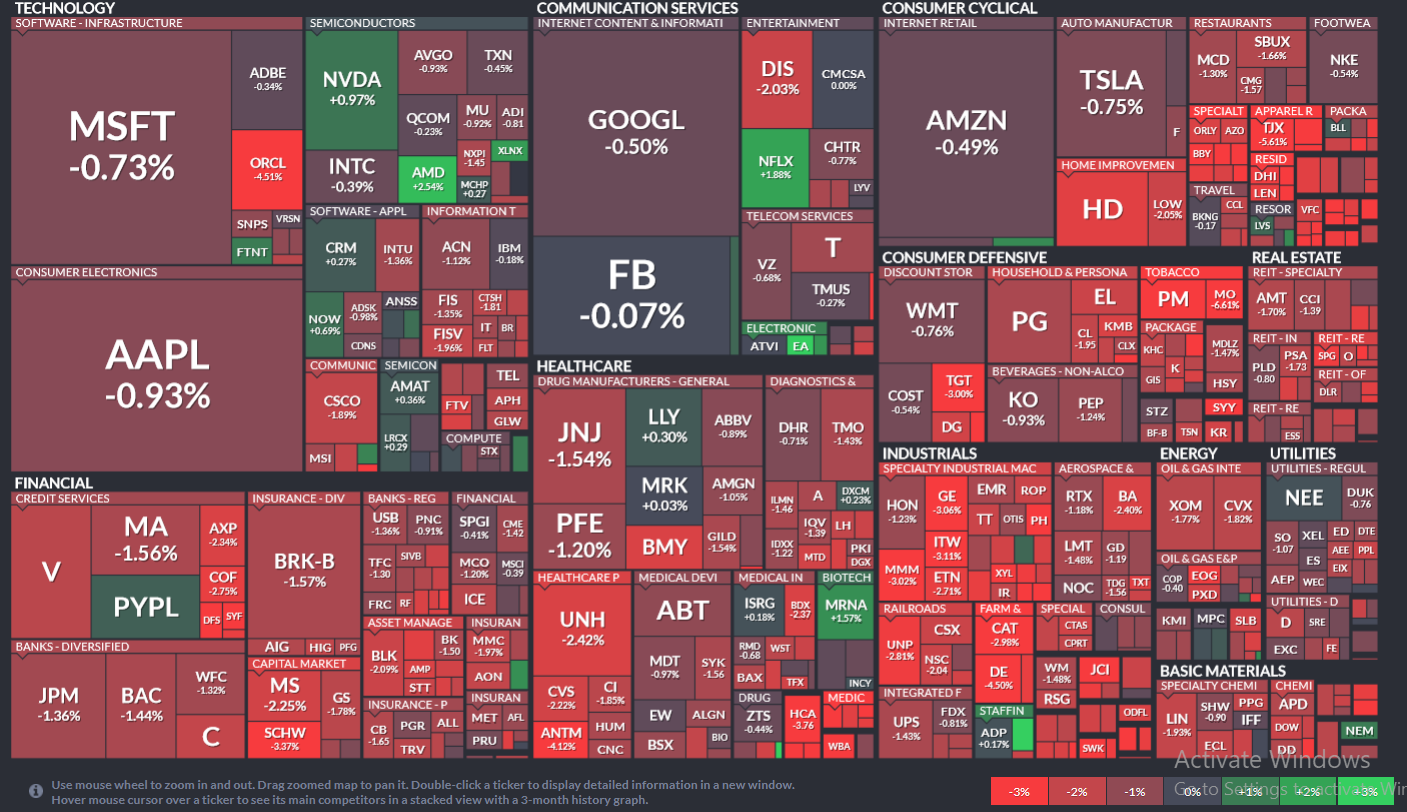Yesterday’s trade (in GMT terms) saw USD/CAD within the range of 1.3083-1.3149. The pair closed at 1.3103, inching down 0.02% compared to Wednesdays close. It has been the 155th drop in the past 329 trading days. The daily high has been a level unseen since August 9th, when a high of 1.3191 was registered. The major pair has inched down 0.02% so far during the current month, following a 0.59% gain in August.
At 8:41 GMT today USD/CAD was inching up 0.05% on the day to trade at 1.3110. The pair touched a daily high at 1.3115 during early European trade, making an exact test of the daily R2 level, and a daily low at 1.3082 during the mid phase of the Asian trading session.
Meanwhile, crude oil futures marked their 99th drop out of the past 184 trading days on September 1st. Oil for October delivery went down as low as $43.00 per barrel, or a level unseen since August 11th, and closed at $43.16, plummeting 3.45% compared to Wednesday’s close. As of 8:35 GMT today the commodity was edging up 0.42% to trade at $43.34, after going up as high as $43.71 per barrel earlier. Crude oil prices and CAD valuation tend to be strongly positively correlated.
On Friday USD/CAD trading may be influenced by the following macroeconomic reports and other events as listed below.
Fundamentals
United States
Balance of Trade
The deficit on US balance of trade probably narrowed to USD 42.70 billion in July, according to market expectations, from a deficit figure of USD 44.50 billion in June. The latter has been the highest trade gap since February, as total imports soared 1.9%, driven by higher prices of oil and stronger domestic demand, while total exports went up 0.3%.
In case the trade balance deficit shrank more than anticipated in July, this would have a strong bullish effect on the US dollar, because of the positive implications in regard to economic growth. The Bureau of Economic Analysis will release the official trade data at 12:30 GMT.
Non-farm Payrolls, Unemployment Rate, Average Hourly Earnings
Employers in all sectors of economy in the United States, excluding the farming industry, probably added 180 000 new jobs in August, according to the median forecast by experts, after a job gain of 255 000 in July. June’s figure has been revised up to 292 000 from 287 000 reported previously.
Employment in leisure and hospitality rose by 45 000 in July, in health care and social assistance – by 43 000, in professional and business services – by 70 000, in food services and drinking places – by 21 000, in financial activities – by 18 000 and in the governmental sector – by 38 000. On the other hand, the US mining industry lost 6 000 jobs in July.
Total non-farm payrolls account for 80% of the workers, who produce the entire Gross Domestic Product of the United States. In case of a higher-than-expected gain in jobs in August, demand for the US dollar would be strongly supported.
Average Hourly Earnings probably increased 0.2% in August compared to the prior month, according to market expectations, following a 0.3% gain in July. If expectations were met, August would be the sixth consecutive month of earnings increase.
Meanwhile, the rate of unemployment in the country probably decreased to 4.8% in August, according to market expectations, from 4.9% in June and July.
The total number of people unemployed remained almost unchanged at 7.8 million in July. Among major groups, the unemployment rates for adult men (4.6%), adult women (4.3%), teenagers (15.6%), Whites, (4.3%), Blacks (8.4%), Asians (3.8%), and Hispanics (5.4%) changed little or not at all.
The number of long-term unemployed (those looking for employment for 27 weeks or more) remained almost unchanged at 2.0 million during July and comprised 26.6% of the unemployed, according to the BLS. At the same time, the number of persons in part-time employment for economic reasons (involuntary part-time workers) was little changed as well at 5.9 million in July.
In case the unemployment rate met expectations or even fell further, this would have a bullish effect on the US Dollar, because of the positive implications for consumer spending. The Bureau of Labor Statistics will release the official employment data at 12:30 GMT.
Factory Orders
The total value of factory orders in the United States probably rebounded in July after two months of decline, going up at a monthly rate of 2.0%, according to the median estimate by experts. If so, this would be the largest monthly increase since June 2015, when a revised up 2.2% growth was recorded.
In June, there has been an unrevised 1.5% drop mainly due to weak demand for transportation equipment and capital goods. During the same month, orders for non-defense capital goods excluding aircraft, an indicator of business confidence and spending plans, surged 0.4%, while extending the 0.2% gain reported in the previous period.
Excluding the sector of transportation, factory orders went up 0.4% in June from a month ago, while marking a fourth successive period of growth.
The general index reflects the total value of new purchase orders, placed at manufacturers for durable and non-durable goods, and can provide insight into inflation and growth in the US sector of manufacturing. In case the general index of new orders surged at a faster-than-anticipated rate in July, this would trigger a moderate bullish impulse for the US dollar, as it implies future growth acceleration. The US Census Bureau will release the official report at 14:00 GMT.
Fed’s Lacker statement
At 17:00 GMT the Fed President for Richmond and also a FOMC member, Jeffrey Lacker, is expected to take a statement. Any remarks in regard to the central bank’s policy stance or the US economic outlook would heighten USD volatility.
Canada
Balance of Trade
The deficit on Canadian balance of trade probably narrowed to CAD 3.25 billion in July, according to the median estimate by experts, following a deficit figure of CAD 3.63 billion in the preceding month. The latter has been the largest trade gap ever recorded.
In June, total exports rose 0.6% to reach CAD 41.4 billion. Exports of energy products rose for a fourth consecutive month in June, up 7.2%, shipments of basic and industrial chemical, plastic and rubber products went up 5.2%, while exports of metal and non-metallic mineral products were 6.9% lower.
Canada’s total imports expanded at a monthly rate of 0.8% to reach CAD 45.0 billion in June. During the month, purchases of motor vehicles and parts went up 3.6% to a record high, imports of energy products soared 12.7% and those of electronic and electrical equipment and parts were 3.1% higher. On the other hand, purchases of aircraft and other transportation equipment and parts shrank 22% in June, while marking a second straight month of decrease.
In case the trade balance deficit narrowed more than expected in July, this would have a strong bullish effect on the Canadian dollar. Statistics Canada will release the official trade report at 12:30 GMT.
Bond Yield Spread
The yield on Canada’s 2-year government bonds went as high as 0.590% on September 1st, after which it closed at 0.563% to lose 1.6 basis points (0.016 percentage point) compared to August 31st.
Meanwhile, the yield on US 2-year government bonds climbed as high as 0.821% on September 1st, after which it fell to 0.789% at the close to lose 2 basis points (0.02 percentage point) compared to August 31st.
The spread between 2-year US and 2-year Canadian bond yields, which reflects the flow of funds in a short term, narrowed to 0.226% on September 1st from 0.230% on August 31st. The September 1st yield spread has been the lowest one since August 30th, when the difference was 0.218%.
Daily, Weekly and Monthly Pivot Levels
By employing the Camarilla calculation method, the daily levels of importance for USD/CAD are presented as follows:
R1 – 1.3109
R2 – 1.3115
R3 (Range Resistance – Sell) – 1.3121
R4 (Long Breakout) – 1.3139
R5 (Breakout Target 1) – 1.3160
R6 (Breakout Target 2) – 1.3169
S1 – 1.3097
S2 – 1.3091
S3 (Range Support – Buy) – 1.3085
S4 (Short Breakout) – 1.3067
S5 (Breakout Target 1) – 1.3046
S6 (Breakout Target 2) – 1.3037
By using the traditional method of calculation, the weekly levels of importance for USD/CAD are presented as follows:
Central Pivot Point – 1.2950
R1 – 1.3068
R2 – 1.3132
R3 – 1.3250
R4 – 1.3369
S1 – 1.2886
S2 – 1.2768
S3 – 1.2704
S4 – 1.2641
In monthly terms, for USD/CAD we have the following pivots:
Central Pivot Point – 1.3024
R1 – 1.3283
R2 – 1.3462
R3 – 1.3721
R4 – 1.3981
S1 – 1.2845
S2 – 1.2586
S3 – 1.2407
S4 – 1.2229





